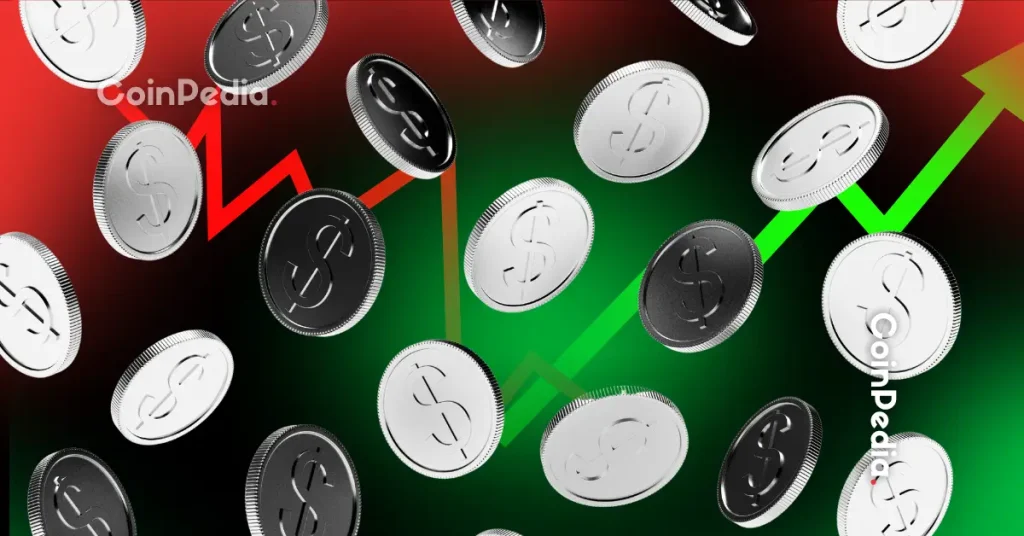Germany recorded a 2.5% month-on-month drop in exports to the U.S. in August to 10.9 billion euros. Data released on Thursday by the Federal Statistical Office (Destatis) also revealed that Germany’s year-on-year exports to the U.S. plummeted by 20%.
The report showed that Germany imported more goods from the U.S. in August, with a 3.4% month-to-month surge in inbound shipments to around 8 billion euros. The country also saw a 3.4% rise in imports from the U.S. since August 2024.
Germany trades more with EU countries
Good Morning from Germany, where the trade surplus widened slightly in Aug as imports fell 1.3% – a steeper drop than exports, which declined 0.5% MoM. Exports to the US – Germany’s largest trading partner – fell 2.5% to €10.9bn, marking the fifth straight monthly decline and… pic.twitter.com/Vjcp4RuagA
— Holger Zschaepitz (@Schuldensuehner) October 9, 2025
According to the report, exports from Germany to the U.S. have dropped for the fifth consecutive month, reaching their lowest level in nearly four years. The drop in exports comes as the impact of tariffs imposed by U.S. President Donald Trump continues to reverberate across global trade.
Senior economist at Commerzbank, Ralph Solveen, argued that the flow of goods to the U.S. in particular is likely to remain weak in the coming months, especially as higher tariffs are compounded by an even stronger euro.
In August, the European Union agreed with the Trump administration on a unified 15% tariff on most EU exports to the U.S. The deal includes levies on automotives, pharmaceuticals, semiconductors, and timber. Other European goods, such as critical natural resources like cork, all aircraft and aircraft components, generic pharmaceuticals, and chemical precursors, were granted preferential treatment under the agreement.
The European Commission reported that goods and services worth over 4.2 billion euros cross the Atlantic each day. According to the commission, the EU’s annual trade value amounts to 1.6 trillion euros.
Destatis reported that Germany’s trade surplus stemmed from trade within the European Union. Data shows the country exported roughly 72.5 billion worth of goods to other EU members, as well as imported 58.8 billion euros, which resulted in a significant intra-bloc surplus.
The EU recorded a 2.5% month-to-month drop in exports, while imports also fell by 1.9%. Germany also saw a trade deficit with non-EU countries, with exports amounting to 57.1 billion euros in August and imports reaching 53.7 billion euros.
The United Kingdom recorded the biggest decline in German imports among non-EU partners, with exports dropping 6.5% month-on-month to 13.5 billion euros. Germany’s imports to China increased by about 5.4% from July to 6.8 billion. Beijing is also currently the biggest supplier to Germany, but imports from the country dropped 4.5% in the month to 13.5 euros. Solveen believes that exports to China are unlikely to pick up more pace in the coming months.
Germany sees improvement in its overall trade balance in August
Germany still saw an improvement in its overall trade balance in August despite subdued export activity. The country exported goods worth 129.7 billion euros, down 0.5% from July and 0.7% lower than in August. Its imports amounted to 112.5 billion euros, a 13% monthly decline but a 3.5% surge year-on-year.
Germany’s trade surplus increased to 17.17 billion euros in August 2025, its second consecutive monthly gain. However, the country’s trade surplus saw a 21.6% annual drop, representing 21.9 billion euros a year earlier.
“Hopes for an economic recovery are not based on foreign demand, but on a domestic economy that is picking up due to lower European Central Bank interest rates and higher government spending.”
-Ralph Sloveen, Senior Economist at Commerzbank.
Despite the drop in exports, Germany’s DAX index rose to fresh record highs during morning trading on Thursday, trading above 24,700 points. Companies like Bayer and HeidelbergCement led the gains on the index, climbing by 1.8% and 1.4%, respectively.
The EURO STOXX 50 index also rose to all-time highs, trading around 5,655 points and rising by more than 5% over the past month. The STOXX 600 index is trading near all-time highs despite dropping by 0.3% in the morning hours.
Get $50 free to trade crypto when you sign up to Bybit now
















 English (US)
English (US)